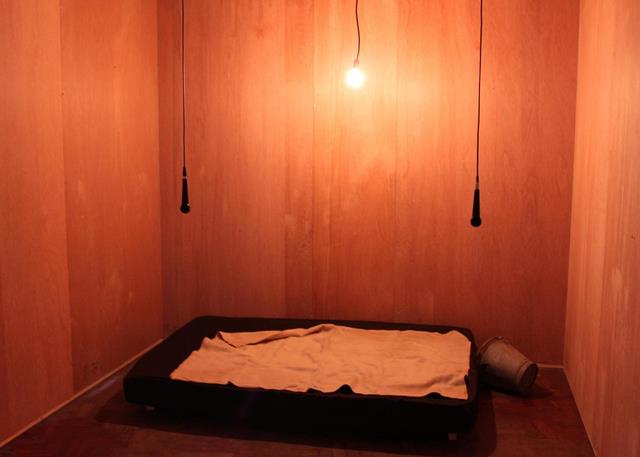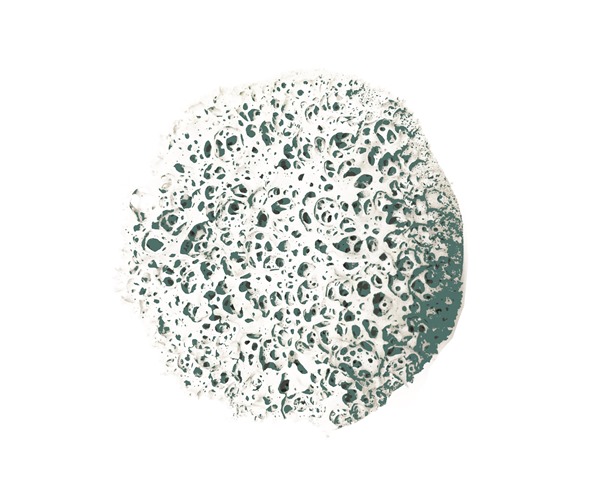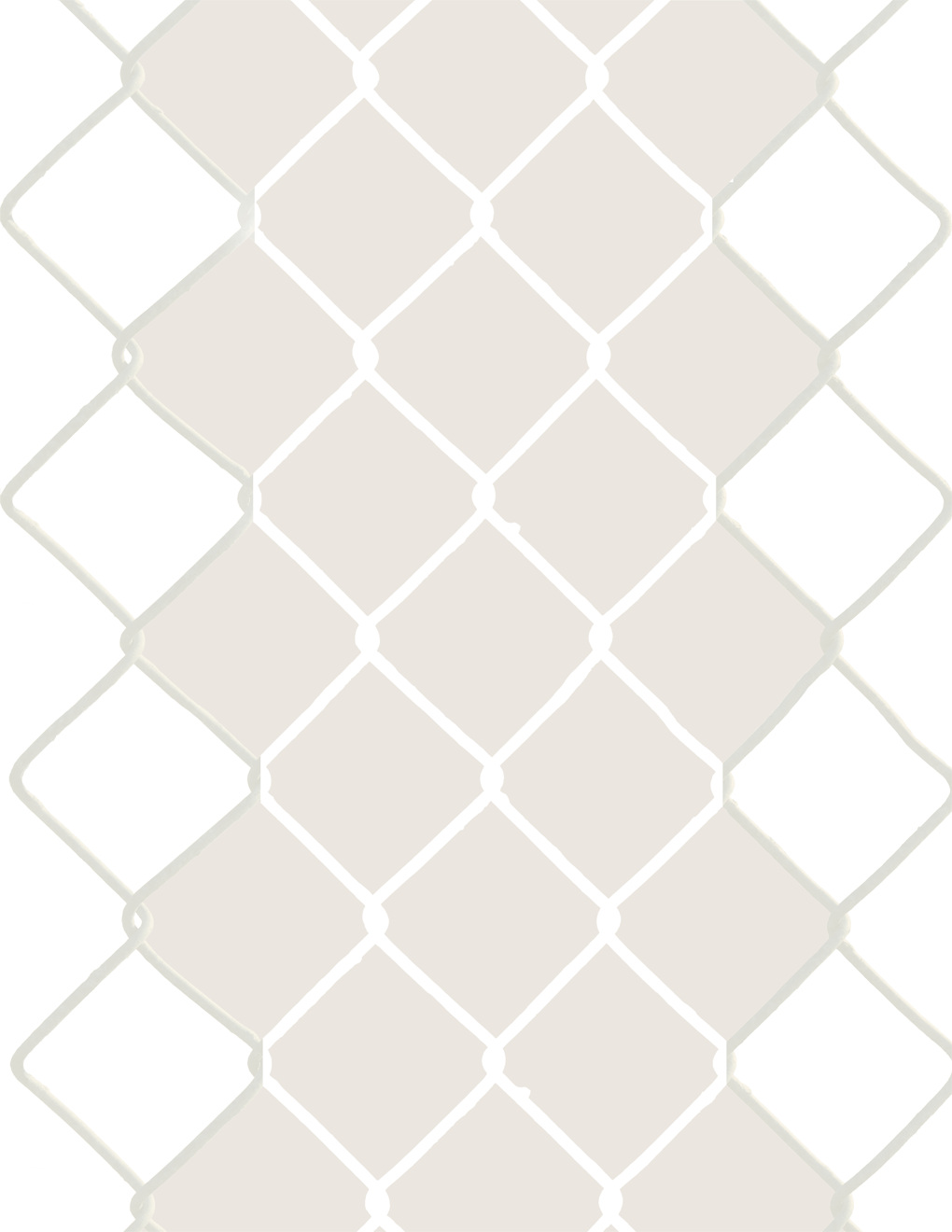(1957) Billie looked up from her drink and said, “Speak for yourself. All I got to do is stay black and die.”1
All I got to do is stay black and die
This statement has been repeated as something of a mantra, whisper, slogan or one-line autobiography within Black America for over half a century. When searching in hope of an original source, Google will direct to you a Morgan Freeman line in 1989’s “Lean on Me”. But Maya Angelou’s 1981 autobiography (The Heart of a Woman) describes an encounter with Billie Holiday using the phrase in 1957. Today, the phrase is emblazoned across T-shirts and merchandise.
What does it do to put both these actions— ‘stay black’ and ‘die’—on equal planes with each other in one sentence, under the rubric of ‘all’ that one has ‘got to do’? One is a responsibility, the other an inevitability. The ‘all’ implies that nothing else could be considered an obligation, or that all obligation could be considered a subset of these two.
In this article, I am considering architecture and its potential ethics through this compunction to stay black and die, this compunction which presents itself, first and foremost, as a limit.
“All I got to do…”—meaning, a bracket, a limitation placed upon obligation, first and foremost. Before the content of staying black—let us consider the ethical dimension of launching an ethics from a position of “all I got to do”—from the position of defining the limits of obligation as the initiation of an ethics.
This presumes an outside. Presumes other networks of obligations that this ethical realm delineates itself from or renders non-ethical or unethical.
And what does this have to do with architecture? Let us presume that architecture has some relationship to ethics and that to understand the ethical potential, or even the social potential, of architecture would be to enact these ethics.
For instance, one might consider the architectural ethics of “all I got to do” as incommensurate and counter to the logics of ‘green’ environmentalism that extends its ethical obligations infinitely outward. This outward network of obligations traces every species and every material cycle—before its deployment and after—while projecting some lifecycle of a building far beyond our own lifecycle. (...a material use into however many generations, beyond a world we can imagine.)
To position this inquiry in relation to contemporary theorizations of the power of architecture—if we can assume that power and ethics may be inseparable—this article turns to Michael Hays. Specifically, let us consider Hays’s text on Adolf Loos for the cataLog (Log 37: spring/summer 2016) of the U.S. Pavilion at the 2016 Venice Architecture Biennale:
The power to create images would be a good partial definition of architecture’s competence, if the performance of that power is understood to be a disclosure of truths about the world by giving appearance to them…. This mode is not representation, then, but emanation—a showing forth of a world that exists but is not yet actualized (Hays: p. 205).
This project below (fig. 1), from my 2009 series on Black Sites, wants to be “a disclosure of truths about the world by giving appearance to them.” In this case, the truths are practices of U.S.-sanctioned torture and rendition, practiced by the C.I.A. during the Bush administration. The box, its dimensions and sound effects give appearance while acknowledging the gap in disclosure, the limited information available—attempting to build the open secret along its own logic. A kind of forensic logic, this project shows forth that world that unfortunately has existed, though might not have been yet *factualized*.
| figure 1 |
 |
Black Site, 2011
installation in London |
Hays introduces this concept of disclosure of truths as a segue into a canonical Adolf Loos origin fable of architecture—the moment of stumbling upon a burial mound in a forest, encountering a shovel-made mound the size of an adult body in the shape of a pyramid—as architecture. This modernist-era narrative competes with an earlier one, Eugène Viollet-le-Duc, which situates the origin of architecture also in a forest, but with the making of a (primitive) hut.
Architecture is often searching for its origins. This search is a bit of a Western European fantasy, perhaps inseparable from the militaristic invention of archeology and, in that sense, not surprising when it finds its source in Western Europe.
What these origin stories have in common—from the Gothic to the Modern—is the positioning of the origin of architecture in relationship to an environment. As if what precedes architecture temporally and what surrounds architecture spatially are one and the same nature—an environment unmediated and unpopulated. In this origin story, architecture mediates our relationship to something a priori to society.
Of course, it is only in relation to society that architecture exists. Even in the Western tradition, architecture emerges as a discipline in the Renaissance with the rise of drawing and publishing with Andrea Palladio, distinct from the role of ‘master-builder’ defined by the guilds of the fourteenth and fifteenth centuries. This sense of architecture as specifically founded and constituted in drawings (rather than construction management or building) continues to this day. Construction documents are legal contracts in the form of annotated drawing sets.
Architecture, then, exists always already within a society and systems of building. It is here in this network that the limitation of obligation—“All I have to do is—” produces an ethical position. To oblige oneself only to X posits the filtering of obligation, itself, as an ethos. If architecture exists always already within a social order of building, the filtering of obligations considered architectural may be considered architecture’s unavoidable ethical demand.
What if all one must do is stay black and die? Let us, then, consider what it means to stay black. (I will write this as stay ‘Black’ from here forward.)
One discovers oneself as Black—as Fanon portrayed, there is a moment of “Look, a Negro!” (Black Skin, White Masks, 1967/Peau noire, masques blancs, 1952: p 109). One discovers oneself as Black (“The Fact of Blackness,” ibid) from within a social field of multiplicity. However, if this moment of self-discovery were entirely thrust upon oneself from an outside, an accusation, a look, a mark, there would be no need, much less obligation to ‘stay black’.
Science fiction offers succinct wisdom on the fiction/function of this maintenance of Blackness. Kurt Vonnegut in Breakfast of Champions (Delacorte Press, 1973) explains Blackness in America this way: “[t]he slaves were simply turned loose without any property. They were easily recognizable. They were black. They were suddenly free to go exploring” (p 85).
The ‘free’ here is humorously, threateningly suspect. And this is the point.
To consider staying Black as an obligation, a thing one has got to do, is to acknowledge that it is possible to become non-Black, or to lose one’s Blackness, to move from Black to less Black. This implies that—though the marking or discovery of Black assumes an outside, a world of non-Black society—that this inside and outside, lack stability. The obligation to stay Black implies willful responsibility toward Blackness.
This might be easier to comprehend at a neighborhood or urban level. We have, in this country, cities that are known for their Black populations and cultures—Washington D.C., New Orleans, Detroit. We can politely and publicly bemoan their loss of Black populations, not because those Black people are disappearing or leaving the United States, but because those cities are failing to stay Black.
But can we project an ethical position onto a city without a sense of an ethical subject? Who is this subject staying Black? Or what is the space of this subject?
bell hooks describes some of the historical contingencies of staying Black in America as imaginative processes of healing:
Traditionally, black folks have had to do a lot of creative thinking and dreaming to raise black children free of internalized racism in a white-supremacist society, a society that is everywhere everyday of our lives urging us to hate blackness and ourselves…. We knew how to invent, how to make worlds for ourselves different from the world the white people wanted us to live in (Sisters of the Yam: Black Women and Self-recovery, Turnaround, 1993: p 81).
| figure 2 |
 |
Methexis, 2016
Photo of installation at MOCAD
This exhibition presents a series of model studies of balloon-frame houses, exhibited on a lightweight structure that attaches itself to a wood frame. The 3D printed models explore wood framing variations based on actual footprints of publicly-owned, 100-year-old houses in Detroit. Architectural fact and invention encounter each other in the patterning and re-patterning of these objects. |
There are, of course, popular characters and rhetorics around Black authenticity. There are popular images of a person who has become white on the ‘inside’. The obligation to stay Black points to the problem of authenticity, but the demand cannot disassociate Black from staying Black. It presumes that Blackness—whether authentic or otherwise—already exists and must be maintained.
Can we develop an ethics from a refusal to be obliged that, nonetheless, demands maintenance of some subjectivity? It should be noted that this subjectivity is also already socialized to a world other than itself. The ethos cannot be summed up in the one line most often quoted from Polonius’s famous advice to Laertes (“This above all—To thine own self be true”), but, perhaps, lies closer to the paradox of this absolutist mantra being preceded by 20 lines of instructions on how to cloak or mask the self, including wardrobe advice: “For the apparel oft proclaims the man” (Shakespeare, Hamlet, Act 1, scene 3, 57-77).
“All I got to do is stay black and die.” In this formulation of obligations, the subject is obliged to staying Black and becomes a willful subject of the sentence by doing so.
At this point, we must consider the aspect of mortality for this to make any sense. The obligation is not unitary. The obligation is dual—to stay Black and die. The obligation is a refutation. Only two things one has to do: stay Black and die.
What would it mean to take dying as an ethical obligation?
Here, it feels useful to turn again to the more traditional Western narrative of architecture’s fundamentals, its origin stories, its obligations and meanings. Perhaps we can just go back to Plato and the formulation of the “good” as the eternal perfect form, the forever thing, the never dying… “As the good is in the intelligible region to reason and the objects of reason, so is this in the visible world to vision and the objects of vision” (Republic: VI 508 c).2 Reality, truth, the good and beauty in this paradigm are linked a priori in a timeless realm. We are accustomed to hearing an ethos of aesthetics—when aesthetics bother to acknowledge ethics—in terms of ‘timelessness.’ Whether minimalism, the sublime or the beautiful—ascetic or Kantian categories—aesthetics equate ethics to an immortality.
To consider dying as something one has to do—one of only two things one has to do—positions mortality in relation to Blackness, as a robust filter and editing. The ethical dimension occurs in the filtering out of false obligations, and mortality serves as the ultimate filter of consciousness and will. Perhaps with infinite time we would define our ethics differently. And who has time for this “perhaps”?
To oblige oneself only to staying Black and dying is then to oblige oneself to radically filter obligation, itself, in relation to an awareness of mortality and one’s own subject position.
This starts to gesture toward even the troubling relationship between theory and practice at stake in architecture, broadly—questions compressed into relations of ‘function’ and forms since the era of Louis Sullivan and the Chicago skyscraper. Franz Fanon’s skepticism toward the scientific mechanization of the human psyche offers a rejection that might be thought toward functionalism more broadly:
....[A]ll these inquiries lead only in one direction: to make man admit that he is nothing, absolutely nothing—and that he must put an end to the narcissism on which he relies in order to imagine that he is different from the other ‘animals.’
This amounts to nothing more nor less than man’s surrender....
Having reflected on that, I grasp my narcissism with both hands and I turn my back on the degradation of those who would make man a mere mechanism (p 23).
This ‘one direction’—the nihilistic unity of mankind with environment—can be read in relationship to more contemporary responses to the Anthropocene. This nihilistic unity can be heard today in both biomimicry3 and object-oriented ontology4, and we can imagine Fanon in this instance rejecting these as mechanizations, as well. The bounding of obligation of ‘The only thing I got to do is…’ operates, along these lines, as a most succinct protection from the mechanization of human existence.
Beyond the bracketing of the ‘only thing’, the crux of the obligation to ‘stay Black and die’ locates itself in the “and”. This ‘and’ threatens at any moment to slip into an ‘or’. To stay Black *or* die would point toward the kind of social death alluded to in the recent jurisprudence and literature around U.S. police brutality. As Justice Sotomayor wrote recently in her dissent to warrantless searches: “[w]e must not pretend that the countless people who are routinely targeted by police are “isolated.” They are the canaries in the coal mine whose deaths, civil and literal, warn us that no one can breathe in this atmosphere”5 (p 12). The notion of staying Black can be read as a counter to the social death implied here. The duality of the obligation to stay Black and die may be an obligation to the opposition between these two inevitabilities, a resistance through Blackness to the social death implied by existing as Black in an atmosphere that destroys Black life.
My wish here is not to make an analogy of staying Black—as in to be a progressive architect is to be like a Black person, or staying Black is like staying imaginative—but to attempt what might very well be impossible or nonsense, but nevertheless feels worth an attempt. And that is to locate in the compunction to stay Black a position already ethical in an architectural dimension. This would be no more an analogy than the idea of an architect being a good person who champions ‘good design’ wants to be an analogy.
My inquiry here, rather, locates in this mantra—All I got to do is stay black and die—a demand for creativity and life-affirmation that resists even the objectification of self that demand, as such, invokes. In this mantra we can hear an oscillation between civil and literal that vibrates into, not against, mortality. Breaking this down, we find a framework that de-limits in relation to an outside that is always already existing but not above or beyond. What one has got to do entails constant mediation that, nonetheless—whether from the spirit of the ancestors or the accusation of the police state—recognizes a knowable subject.
To return to the elegant Michael Hays essay in the cataLog, addressing the question of architectural imagination: “[t]he architectural imagination has historically demonstrated the capacity to structure perceptions and experiences while remaining outside any single structure’s absolute control” (Hays: p. 211). We might—without slipping into analogy but dangerously close to it—-- try this sentence out with a slight modification to test this inquiry further.
The [Black] imagination [in order to survive] has historically demonstrated the
capacity to structure perceptions and experiences while remaining outside any single structure’s absolute control.
The ethical architectural imagination has, perhaps, only two things to do.
| figure 3 |
 |
| Screenprint of concept model, material study from Promised Air, A(n) Office, project commissioned for US Pavilion, 2016, 15th Venice Architecture Biennale, exhibition titled “The Architectural Imagination” |
acknowledgements
The author would like to acknowledge her mother, Lillian A. McEwen, who recalled the significance of the phrase "There are only two things I have to do: stay Black and die" during civil rights marches and protest speeches in the 1960s.
footnotes
1 Maya Angelou’s 1981 autobiography (The Heart of a Woman) describes an encounter with Billie Holiday using the phrase in 1957.
2 “This reality, then, that gives their truth to the objects of knowledge and the power of knowing to the knower, you must say is the idea of good, and you must conceive it as being the cause of knowledge, and of truth in so far as known” (Republic: VI 508 e). This truth exists prior to the knowing subject and, indeed, makes the knowing possible.
3 “Biomimicry is an approach to innovation that seeks sustainable solutions to human challenges by emulating nature’s time-tested patterns and strategies.” From https://biomimicry.org/what-is-biomimicry/#.V3mAk6IyxUc accessed 7/3/2016
4 “Object-oriented ontology (OOO) is a school of thought that rejects the privileging of human existence over the existence of nonhuman objects.” From Wikipedia - https://en.wikipedia.org/wiki/Object-oriented_ontology accessed 7/3/2016
5 Utah, Petitioner
v.
Edward
Joseph Strieff, Jr., U.S. 14–1373, 20 June 2016, 5-3 decision. Dissenting by Sonia Sotomayor and joined by Ruth Bader Ginsburg as to Parts I, II, and III. Elena Kagan filed a dissenting opinion, in which Ginsburg joined.
http://www.supremecourt.gov/opinions/15pdf/14-1373_83i7.pdf |










